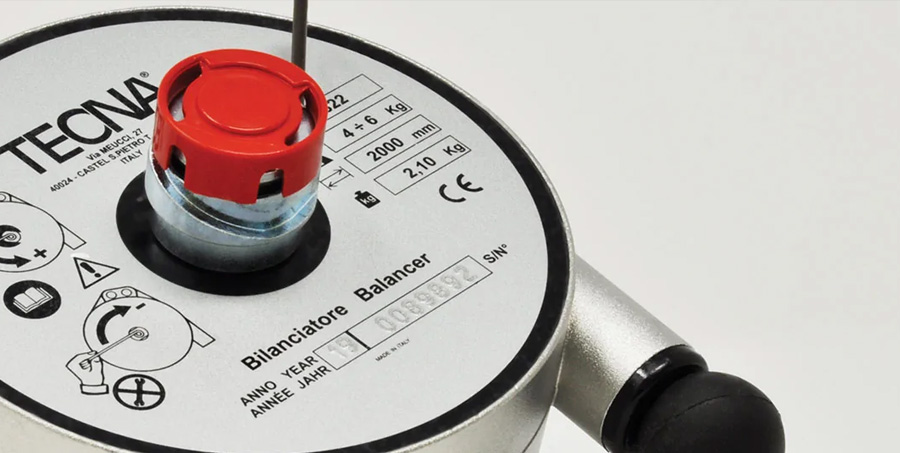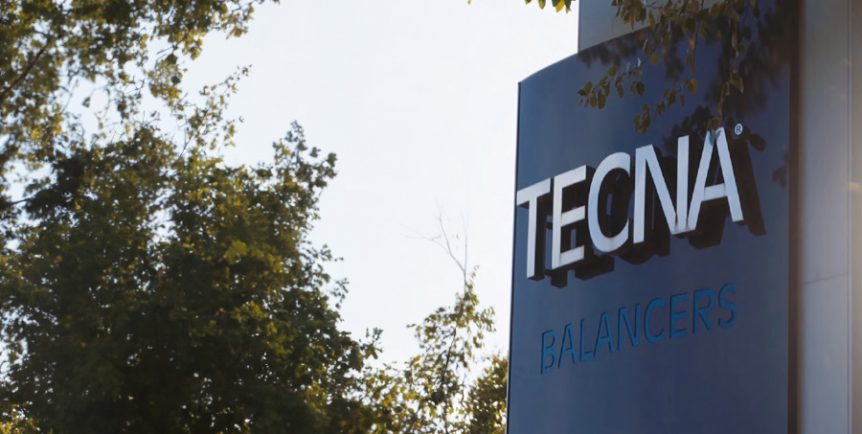If your manufacturing or industrial facility handles heavy machinery, power tools, or other cumbersome equipment, tool balancers can make an invaluable difference in boosting productivity while reducing strain and fatigue. But with the variety of tool balancer types, capacities, features, and configurations available, how do you select the optimal solutions for your unique operation?
As an authority in ergonomic tool handling for over 30 years, Tecna Balancers offers unmatched expertise in equipping workplaces with the ideal tool balancers for their needs. This comprehensive guide will explore the benefits of tool balancers, key selection criteria, typical applications, and frequently asked questions to help you choose the best systems for your facility.
The Powerful Benefits of Tool Balancers
By providing calibrated, floating support for hand tools, hoses, and machinery, tool balancers deliver transformative advantages:
- Prevent Injuries – Eliminate strain from repeatedly lifting/supporting heavy tools. Reduce workplace overexertion.
- Increase Comfort – Work longer without fatigue since tools feel almost weightless.
- Improve Safety – No more heavy tools dropped on feet. Cables neatly retract to keep the workspace organized.
- Boost Focus – Hands-free operation allows full attention to task execution.
- Enable Precision – Delicately place tools/parts without bearing the tool’s weight.
- Enhance Workflow – Faster process speed with instant tool access. No wasted motion setting tools down.
- Future-Proof Operations – Reduce turnover and training costs stemming from injuries.
For any repetitive tasks involving cumbersome tools, adding tool balancers makes the work smoother, faster, and safer. Workers stay accurate and alert without succumbing to fatigue.

Key Factors in Selecting the Right Tool Balancer
With capacities from under 1 kg to over 150 kg and cable lengths exceeding 3 meters, Tecna offers tool balancers suitable for any operation. Consider these key criteria when choosing optimal models:
- Tool Weight – Select a tool balancer rated for at least 20% over the maximum tool weight for ideal performance.
- Vertical Clearance – Consider the range of motion needed to determine the required cable length.
- Hazardous Environments – Specify intrinsically safe ATEX-rated models for explosive atmospheres.
- High-Precision Tasks – Heavier spring tension enables controlled tool positioning for detail work.
- Multiple Tools – Calculate total combined weight if balancing more than one item per balancer.
- Portability Needs – Some models feature removable mounting plates for transport.
With Tecna’s vast product selection and expertise, we can recommend the perfect tool balancers tailored to your unique industrial application.
Typical Tool Balancer Applications
Tool balancers have become indispensable equipment across these industries:
- Manufacturing – Assembly lines, CNC machines, press operators.
- Automotive – Body shops, mechanics, lube techs.
- Aerospace – Aircraft component fabrication and assembly.
- Construction – Circular saws, jackhammers, nail guns.
- Warehouses – Order pickers, stock movers, and packaging stations.
Any repetitive handling of heavy machinery and tools will experience major productivity and safety gains from proper tool balancer implementation.

Frequently Asked Questions About Tool Balancers
How are tool balancers different from counterweights?
Counterweights only balance loads vertically. Tool balancers enable free-floating support in all directions for full maneuverability.
How long does a tool balancer typically last?
With regular maintenance, and over 10 years of reliable service. Springs and cables may need occasional replacement from wear.
Can tool balancers be used outdoors?
Yes, though some models better withstand outdoor conditions. Contact us to discuss material options for your environment.
Do operators need training to use tool balancers?
They are intuitive to use after proper setup, but we recommend basic training to reinforce best practices and safety.
Can a tool balancer handle multiple tools?
Yes, using a swivel hook divider. However, the combined weight can’t exceed the rated capacity.
Discover the Ideal Tool Balancers for Your Needs
By equipping your facility with tool balancers tailored to your unique processes, tools, and workspace, you can transform previously difficult tasks into smooth, comfortable operations. Your team remains accurate and efficient all shift long, boosting production and morale.
Partner with the experts at Tecna Balancers to incorporate innovative tool-balancing technology designed specifically for the demands of your industry. Contact us today to discuss the ideal solutions for maximizing productivity, safety, and comfort in your workplace.

